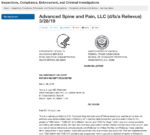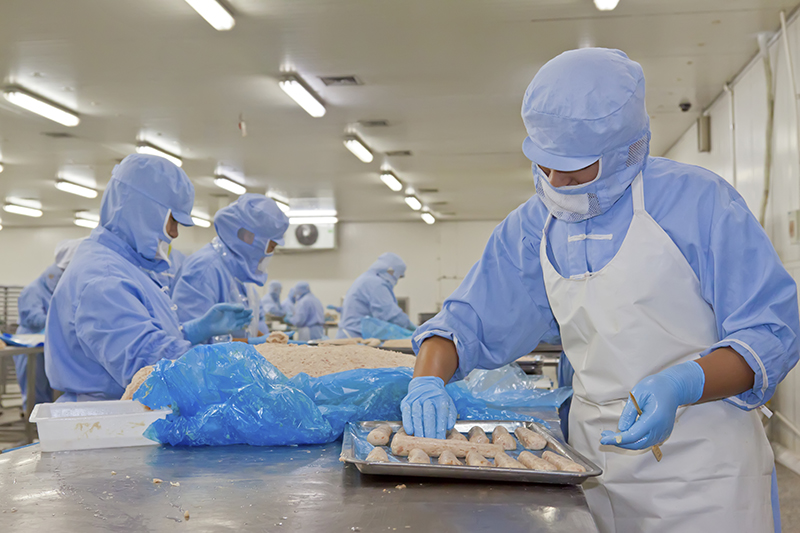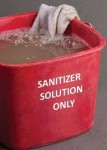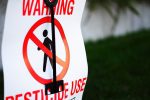Good news came to patients using medical cannabis in Arizona earlier this week: Lawmakers in Arizona unanimously passed SB1494 through the state’s House and Senate, the bill requiring mandatory lab testing for medical cannabis products. Arizona Governor Doug Ducey is expected to sign the bill and has ten days to do so.

When Governor Ducey signs the bill into law it will mark the first time since the state legalized medical cannabis in 2011 that a measure to protect patient safety via lab testing will be implemented. According to the bill, beginning November 1, 2020, all cannabis products shall be tested prior to sales “to determine unsafe levels of microbial contamination, heavy metals, pesticides, herbicides, fungicides, growth regulators and residual solvents and confirm the potency of the marijuana to be dispensed,” (Page 6, Section 36-2803).
The bill requires dispensaries to provide test results to patients immediately upon request. Dispensaries need to display a sign notifying patients of their right to see “certified independent third-party laboratory test results for marijuana and marijuana products for medical use,” according to the text of the bill (Page 7, Section 36-2803.01).“There will have to be some serious planning, but other states have achieved this and we can too.”
Under the new bill, the Arizona Department of Health Services will adopt rules to certify and regulate labs, establishing requirements like health and safety protocols, mandatory quality assurance program and standards, chain of custody and sampling policies, adequate records, accreditation, proficiency testing, among other requirements (Page 6-7, Section 36-2803).
Ryan Treacy, co-founder of the Arizona Cannabis Laboratory Association (ACLA) and CEO/Founder of C4 Laboratories, says this is a major turning point for Arizona’s cannabis industry. “We have been devoid of regulations with regard to testing the entirety of the program since it was legalized; This will be a significant change,” says Treacy. “Now patients can make sure they are getting a safe and clean product and getting exactly what they paid for.”
For those in the know when it comes to cannabis testing in the United States, the new requirements will look very similar to other states with testing requirements. One particularly unique aspect of the new program, however, is the establishment of a “Medical Marijuana Testing Advisory Council,” made up of stakeholders representing different interests in Arizona’s cannabis industry. Members of the council will include representatives from dispensaries, labs, cultivators, concentrate producers, edibles producers, as well as registered patients, caregivers, a representative from the Arizona Department of Public Safety, a licensed health care provider and “any other members deemed necessary by the director,” reads the text of the bill (page 16, Section 36-2821).

“Other states like California have complained about detection limits, while Arizona is taking a unique approach with an advisory council with stakeholders in the cannabis industry,” says Treacy. “So that when the Department of Health Services promulgates rules, they are taking into account the challenges in the cannabis industry specifically. We have a chance to do this right and avoid pitfalls we’ve seen in other states.”
One problem worth mentioning for Arizona’s cannabis industry: Dispensaries have not been required to test products for patients since medical cannabis was legalized back in 2011. That means many producers could be very used to operating procedures that don’t account for lab testing. With mandatory lab testing, some producers may be behind the curve when it comes to mitigating contamination.
According to Treacy, this could disrupt the supply chain a little bit. “When testing becomes mandatory in November 2020, dispensaries will need a full panel of tests performed on their samples,” says Treacy. “With the entire market now required to complete a full panel in depth analysis on each product, product testing will become a more time-consuming stop in the supply chain. So companies will need to work that into their plan to meet regulation requirements to prevent a bottleneck and maintain patients’ access to their cannabis medicine.”
Arizona has a chance to prevent that type of bottleneck seen in states that implemented testing requirements, like California for example. “When you have a habitual history of not testing products, it can be very hard to change, which adds to Arizona’s challenges,” says Treacy. “We need to make sure this does not affect access for patients and the ability of the industry to continue to flourish and grow.”
While Treacy thinks the transition will be difficult for some, it’s absolutely necessary for Arizona’s patients to access clean and safe medicine. “There will have to be some serious planning, but other states have achieved this and we can too.”


























